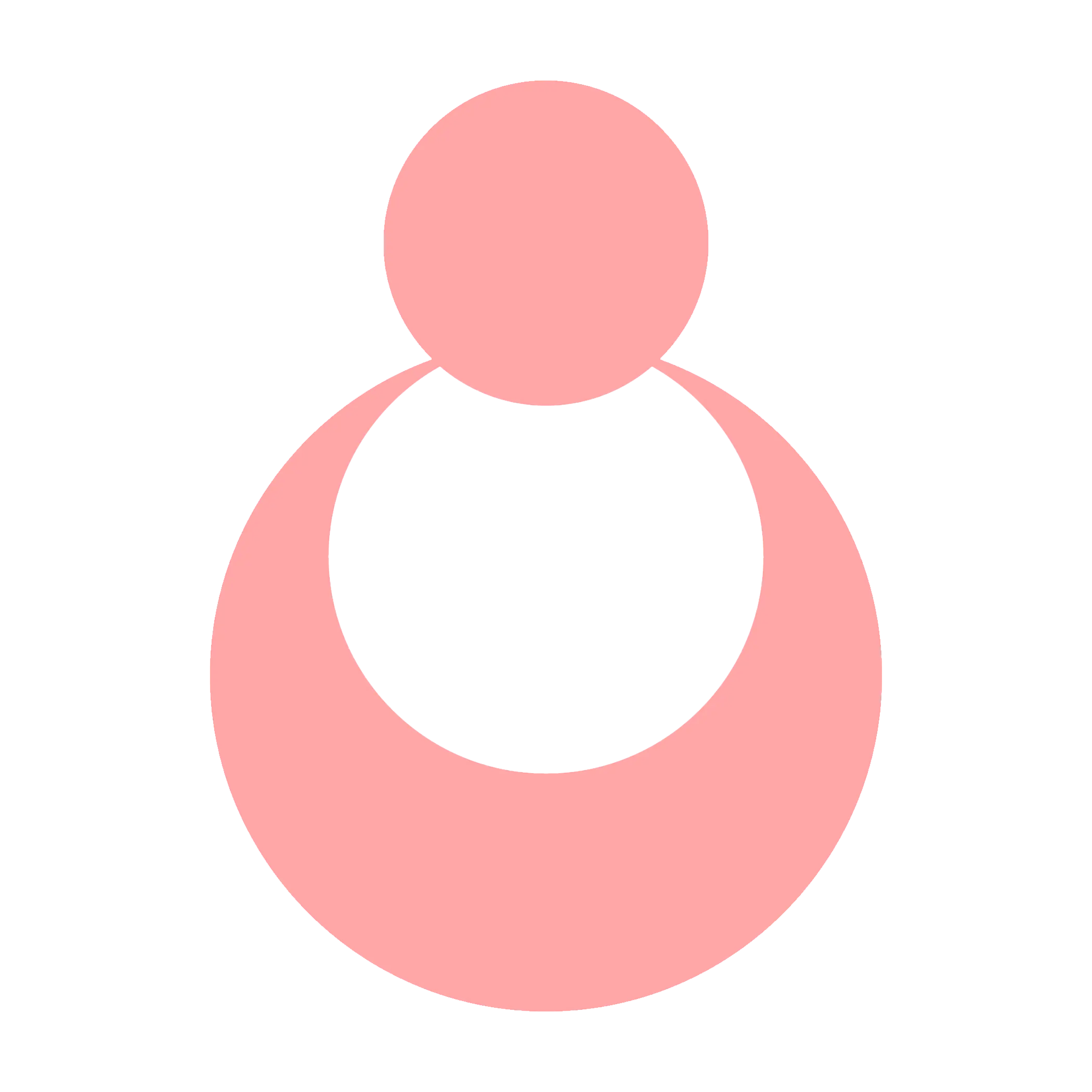How many eggs does a woman have is? ????
A woman's eggs are one of the pillars of fertility, without which pregnancy is not possible. The number of eggs a woman has varies depending on her age. A female is born with millions of eggs stored in her ovaries, and their number decreases with age. This reserve disappears at menopause. This article reveals your ovarian reserve at each stage of your life.


At birth
According to data from the American Society of Obstetrics and Gynecology, a fetus has between six and seven million eggs in the twentieth week of pregnancy. This number decreases to one or two million eggs when a girl is born. It is worth noting that eggs, unlike other cells in the body, cannot regenerate, so the number of eggs at birth will decrease and never increase.
The number of immature egg cells, known as oocytes, decreases to eleven thousand cells every month until the girl reaches puberty.
The number of eggs at puberty
When girls reach puberty, they have between three hundred and four hundred thousand eggs. This number is a significant decline from the millions that girls had at birth due to the decrease in the number of eggs at a rate of ten thousand eggs per month before puberty. Of these hundreds of thousands of eggs, only 300 to 500 will reach maturity during the female's life.
When does a girl reach puberty?
The age of puberty in girls depends on several factors, including nutrition, weight, surrounding climate, and genetic factors related to race and skin color. In Middle Eastern countries, girls' menstrual cycle usually begins between nine and fourteen.
Puberty and the start of the menstrual cycle are accompanied by the body's production of hormones that help with egg maturation and lead to ovulation.
How many eggs a woman has in her twenties?
Women are most fertile when they are in their twenties. The number of eggs in a woman's body between the ages of eighteen and twenty-nine is between one hundred and fifty thousand and three hundred thousand eggs. Eggs at this age are of the highest quality, which makes fertilization and pregnancy easier than at later ages.
How many eggs do women in their thirties have?
Fertility levels begin to decline in most women at the age of thirty-two, and fertility reaches low levels between the ages of thirty-five and thirty-seven. The egg reserve of most women at the age of thirty-seven is about twenty-seven thousand eggs.
The quality of eggs also declines significantly in the thirties, which poses difficulties for women at this age, including irregular menstruation, failure to ovulate continuously, pregnancy, and continuation of pregnancy without any complications.
How many eggs a woman has in her forties?
Pregnancy after forty is possible, but it is difficult to get pregnant without fertility treatments at this age. The egg reserve is very low, ranging between only five thousand and ten thousand eggs, making pregnancy, even with fertility treatments such as IVF, pretty tricky. Statistics from the American Institute of Obstetrics and Gynecology show that the success rates of pregnancy from IVF operations are meager for women in their forties, reaching only 1% after the age of forty-four.
How many eggs a woman has in her fifties?
The average age of menopause in women is 51 years, and the number of eggs a woman has before menopause is only one thousand eggs, the majority of which are of inferior quality, which makes pregnancy at this age extremely rare.
Checking the ovarian reserve
To know how many eggs you have at any given time, your doctor will perform tests to confirm the level of your egg reserve. This reserve is usually checked if there is a delay in pregnancy and the woman chooses to resort to one of the fertility treatments.
The most important of these tests are:
- Ultrasound: It is a vaginal ultrasound through which the gynecologist can see the number of ovarian follicles and get information about the number of eggs remaining in the ovarian reserve.
- Testing the level of follicle-stimulating hormone (FSH): It is a blood test performed to measure hormone levels that stimulate the growth of ovarian follicles. This test's lower result indicates a more significant number of eggs in the ovarian reserve.
- Anti-Müllerian Hormone (AMH) test: It is a test to measure the levels of a hormone produced by the ovaries. This test is also known as the ovulation reserve test, and the result of this test is directly proportional to the number of eggs remaining in the ovarian reserve.
Conclusion
If you're trying to get pregnant, you're in a race against time, as aging affects the ovarian reserve, as well as its quality. You need to know, my dear, that you have options, including preserving fertility and egg freezing, which we talked about in detail in this article. You must be aware of your options and always seek advice and support from your doctors.





